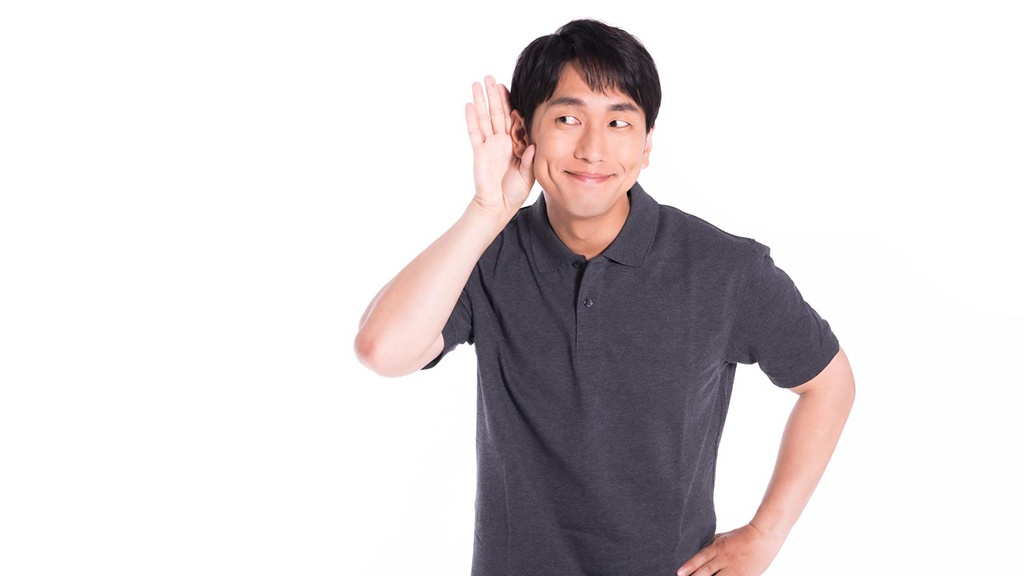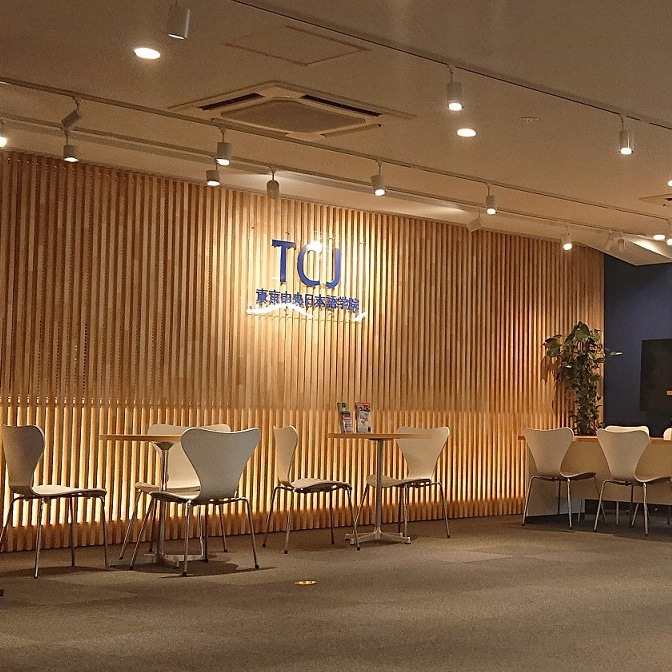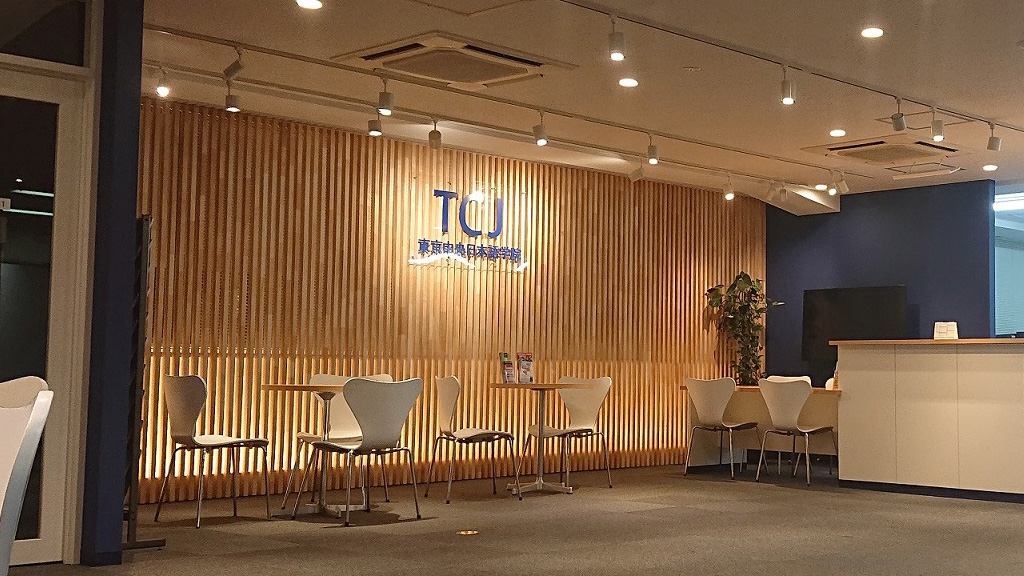Important Points in Communicating with the Japanese

This post is also available in 日本語
“Your head is going to fall off”, one of my students said to me with a concerned look. I panicked for an instant, because I thought that meant I would be fired from my job. (“Your head falls off”(Kubi ga tobu) means “You are fired” in Japanese) However, the student seemed to be worried about my neck, because I kept nodding my head while students were talking.
Nice to meet you all. My name is Hiro, and I am a teacher at the Japanese language school in Shinjuku, Tokyo. I interact with students from all over the world as a Japanese language teacher. What I think is normal is not sometimes understood by my students as normal at all. When it happens, I look back on my own behavior.
This article will explore some tips on how to best communicate with Japanese people.
Contents
My classroom was like a live concert hall.
Japanese people, especially Japanese teachers, indicate to a speaker that you are listening by nodding or aizuchi (back-channeling). When students give an answer which exceeds teachers’ expectations, teachers nod a lot to indicate agreement, acknowledgement or acceptance. However, it seems to be excessive for international students.
The longer I spend with my students, some of my students start to mimic my way of nodding exaggeratedly. Those students nod their heads violently and show agreement to their classmates. This was popular amongst my class a few years ago, and I felt that I was at a live concert hall. It might be the same in every culture that students mimic teachers.
The message, “I am listening.”

Some countries have a habit of making eye contact when listening to others to indicate that they are listening earnestly. When I teach Japanese to students from those countries, I often feel they do not react so much and become concerned about whether they understood what I said. However, they understand what I said very well.
If you listen to others without making eye contact, you might give others a cold-hearted impression. It is not necessary to give others eye contact all the time, but it is important to tell the message that you are listening. I often say to my students, “You should react a little exaggeratedly when Japanese people are talking. This builds a harmonious relationship with them.”
Nodding and aizuchi while listening to Japanese might be a burden on Japanese learners, but I recommend trying to imitate Japanese people at the beginning in order to avoid misunderstanding.
Sense of Distance and Empathy
This may be a little difficult topic, but I think a sense of distance and empathy are very important in Japanese conversation.
Sense of distance can be shown by using honorific expressions and vocabulary. Honorifics are used to emphasize a sense of distance. For example, If your partner suddenly uses honorific words, Japanese usually think that it is a sign that he or she is angry. The sense of distance is a sensory thing, thus there are no specific indicators when people can use honorifics. I think this is the most difficult point for Japanese language learners to communicate with Japanese people. It does not go by textbooks or manuals, because It depends on the relationship.
On the other hand, empathy, such as nodding and aizuchi shows that you are listening to others as mentioned above. It also gives others a sense of security that there is a person who is thinking about the same topic and agrees with you.
Neuro Linguistic Programing (NLP) has become widespread as the newest psychological approach. This study said that nodding and aizuchi are an important skill to maintain good relationships with others. It is also introduced in Japanese language textbooks too.
Personalities are more significant in various situations than the past, therefore learning non-verbal communication can be one of the ways to improve your Japanese. However, you should be careful not to exaggerate your reactions, because others might be worried about you, like my students worried my neck.
The new semester of 2021 Online Experience Course is here!!
(Thursday 20:00-21:00 Japan time)
There are only two opportunities to participate each month.
The content is free conversation practice + JLPT two parts.
Twice a month, the first time is beginner level, suitable for 0-N4 level; the second time is intermediate level, suitable for level above N3.
Welcome you to participate!
If you read this article and enroll, the admission fee (22,000 yen) will be free!
Click the following button to check the details before applying.
- What are “Wagara (traditional Japanese patterns)”? Meaning and Prayers Accompanying the Main Japanese Patterns
- Types of Sushi and Its History
- Easily Explained. What is “Furusato Nozei”?
- Katakana words, what do they mean? “Icons, remote controls, computers…”
- [2021 | Tokyo] Four Japanese language schools recommended











